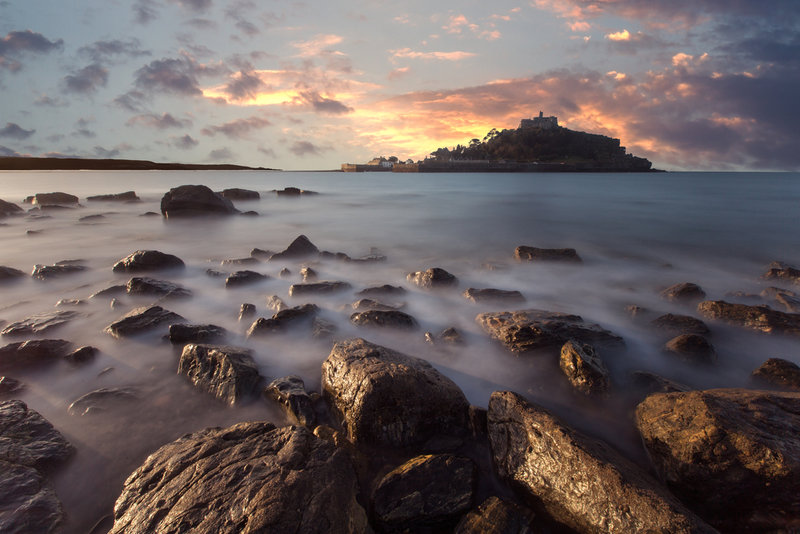
A tsunami that struck the UK in 2011 was caused by a storm roiling the ocean hundreds of miles away, a new study confirms.
The "meteotsunami" (or weather-induced tsunami) of June 27, 2011, caused swells on a normally calm estuary on a sunny day, left some people knee-deep in water and made other people's hair stand on end in southwest England. Scientists suspected that a storm was to blame for the bizarre waves, but the new study, published in the June issue of the journal Weather, confirms it.
"As far as Britain is concerned this is the first time that a meteotsunami has been recorded," said study co-author David Tappin, a marine geologist at the British Geological Survey. [10 Tsunamis That Changed History]
Rare waves
Weather-induced waves happen when storms blast the ocean surface with a burst of pressure, creating a wave. But this wave only turns into a tsunami if the pressure wave forms a resonance with the weather pattern — meaning the wave is traveling at the same speed as the weather front itself.
The wave may be just a few inches high in the deep ocean. But once the wave hits a narrow inlet or V-shaped harbor, the waterway reflects and amplifies the wave's energy and the blip on the water's surface can rapidly grow to 20 feet (6 m) high, Tappin told LiveScience's OurAmazingPlanet.
Rare weather-induced monster waves have been reported in Majorca, Spain; the Great Lakes in the United States; and the Adriatic Sea. In 1979, a weather-induced tsunami struck Japan at Nagasaki Bay. The 13-foot-high (4 m) wave killed several people. [Album: Monster Waves]
Sign up for the Live Science daily newsletter now
Get the world’s most fascinating discoveries delivered straight to your inbox.
Unusual event
On June 27, 2011 — a sunny day — the normally placid estuary at the mouth of the Yealm River in southwest England reported waves up to 2.6 feet (0.8 m) high. On the tidal island of St. Michael's Mount in Cornwall, people crossing the causeway connecting the island to the mainland quickly found themselves knee-deep in water, and others reported their hair standing on end.
Tappin's team suspected that the Yealm Estuary wave was caused by a storm, because no sensors detected an underwater landslide or earthquake, which normally trigger tsunamis.
The team pored over Doppler radar, pressure measurements and tide data from coastal Portugal, Spain, France and England.
The researchers found that the night before, a storm was brewing in the Bay of Biscay (located between Spain and France), more than 300 miles (482 kilometers) away from the Yealm. Over the next several hours, the storm moved into the English Channel, and area gauges showed pressure fluctuations. During the same period, the tides were also modestly higher throughout Britain, Ireland, France and Spain.
The combination of data suggests that the storm caused the freak waves in the southwest of England, the team concluded.
After the team released its report, people have called Tappin with tales on other suspected meteotsunamis, he said.
"What we need to do now is have a look at our historical records and new information of when they occur so we can warn people and advise them when they actually happen," Tappin said.
Follow Tia Ghose on Twitter and Google+. Follow LiveScience @livescience, Facebook & Google+. Original article on LiveScience.com.

Tia is the managing editor and was previously a senior writer for Live Science. Her work has appeared in Scientific American, Wired.com and other outlets. She holds a master's degree in bioengineering from the University of Washington, a graduate certificate in science writing from UC Santa Cruz and a bachelor's degree in mechanical engineering from the University of Texas at Austin. Tia was part of a team at the Milwaukee Journal Sentinel that published the Empty Cradles series on preterm births, which won multiple awards, including the 2012 Casey Medal for Meritorious Journalism.
